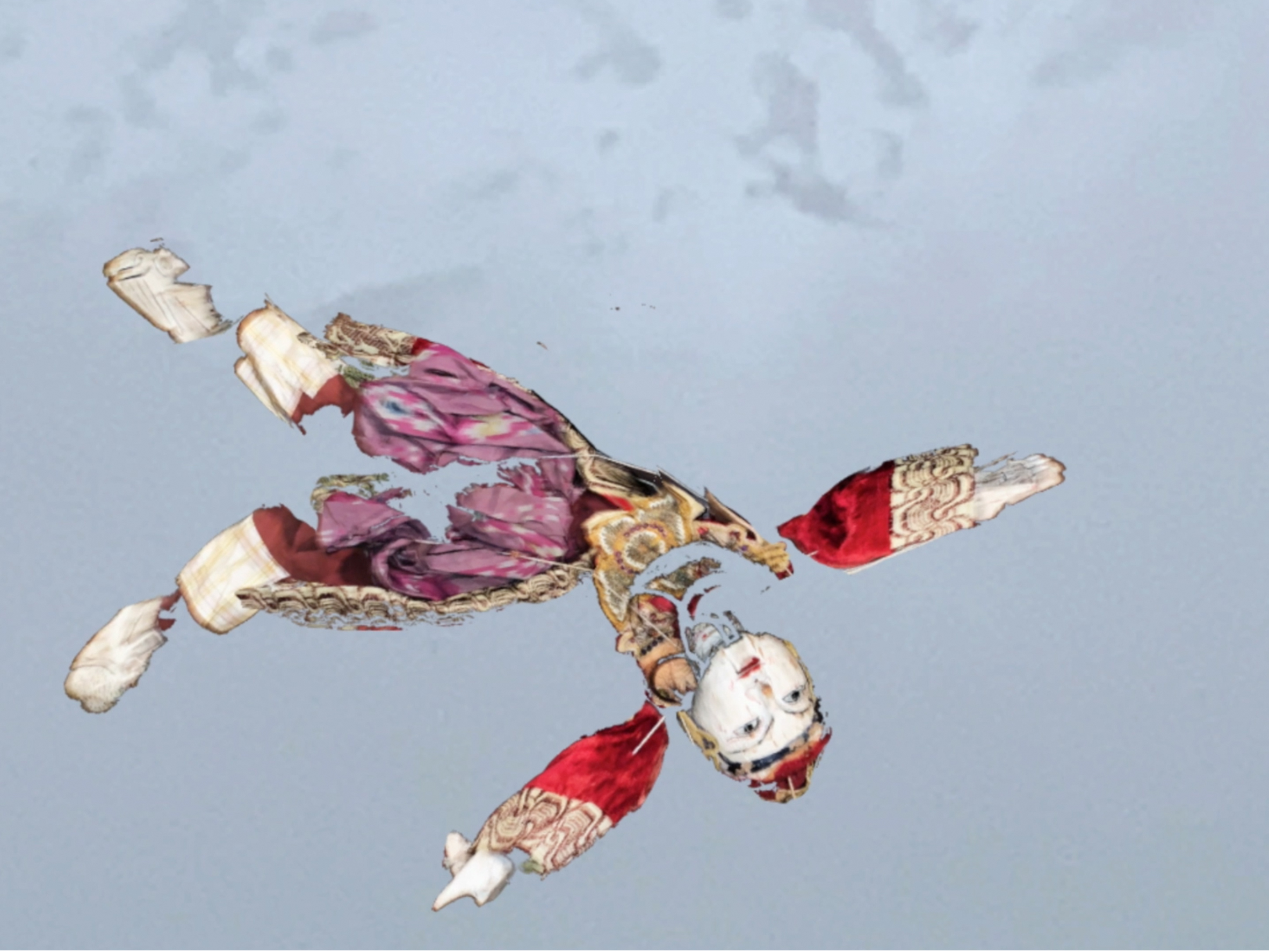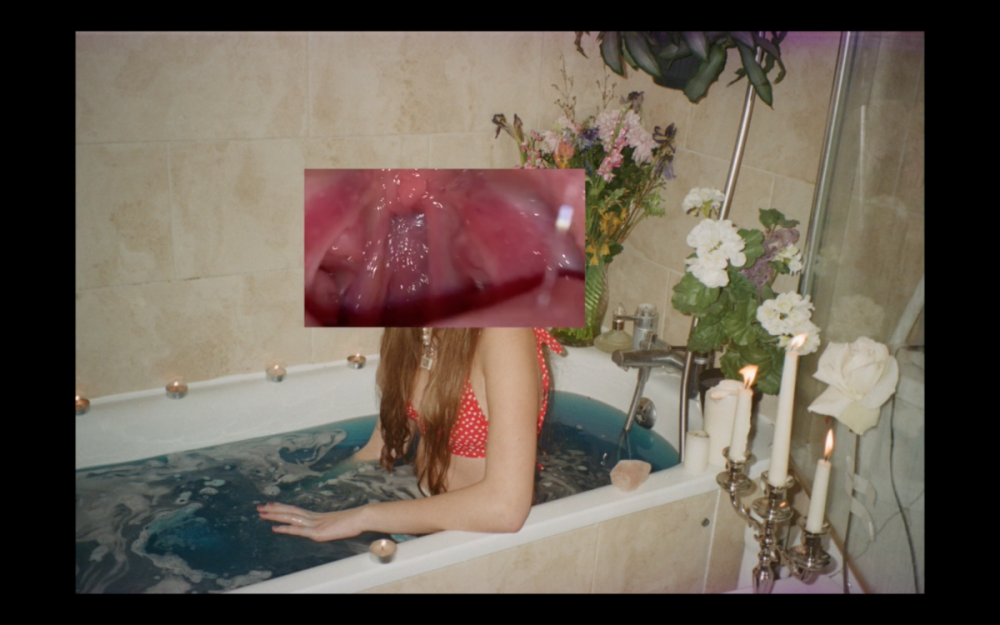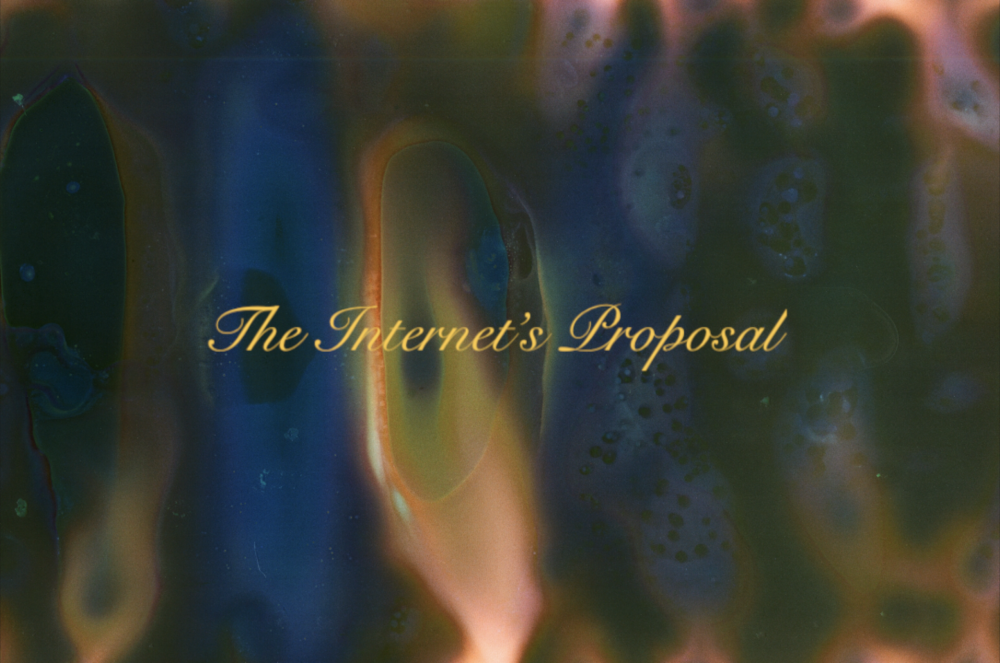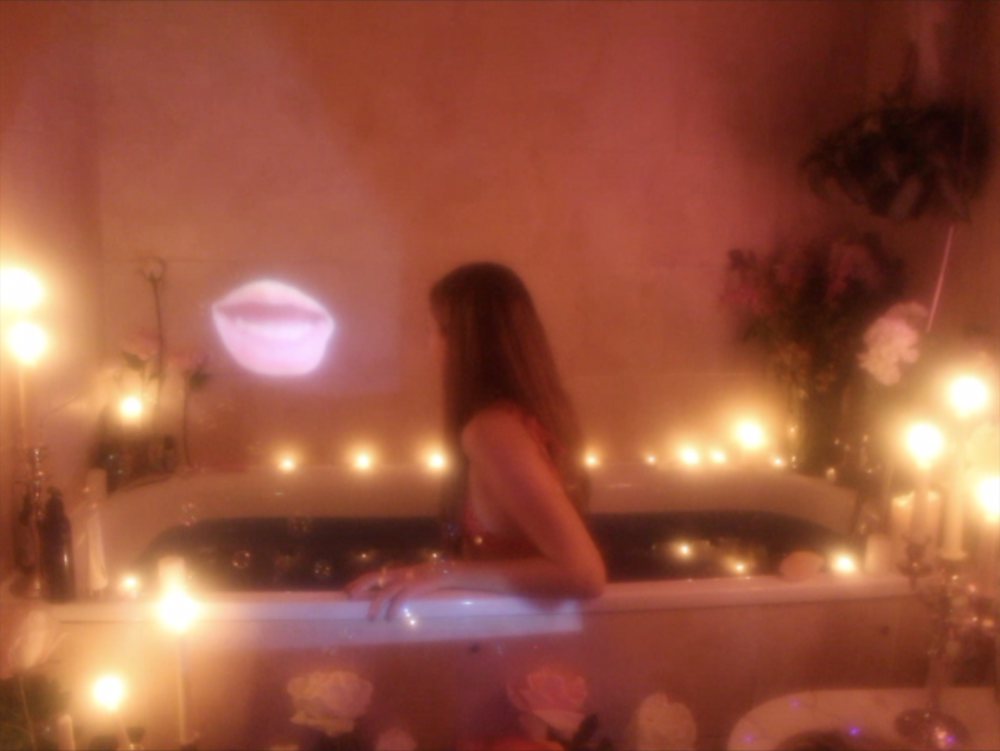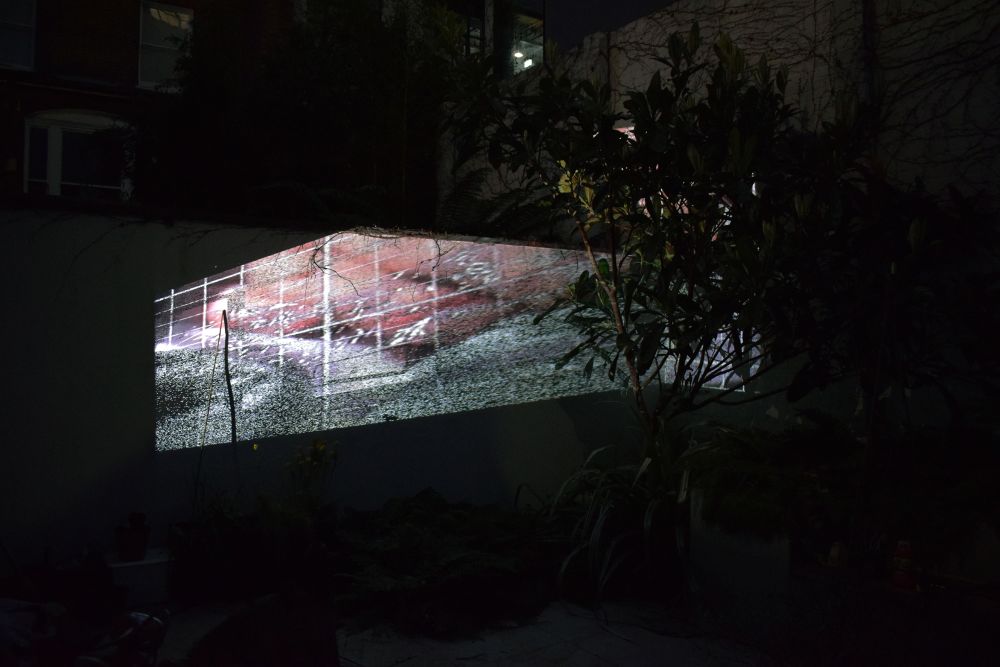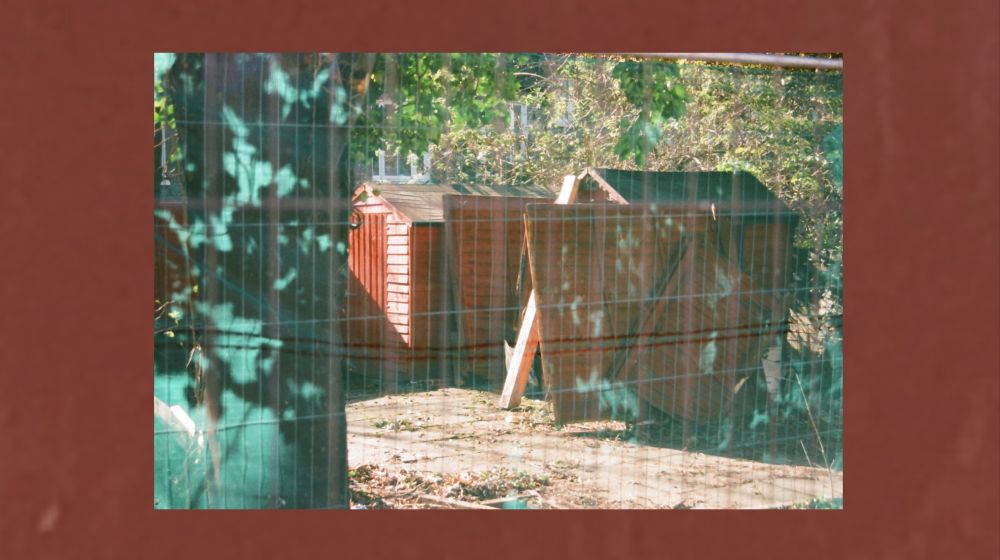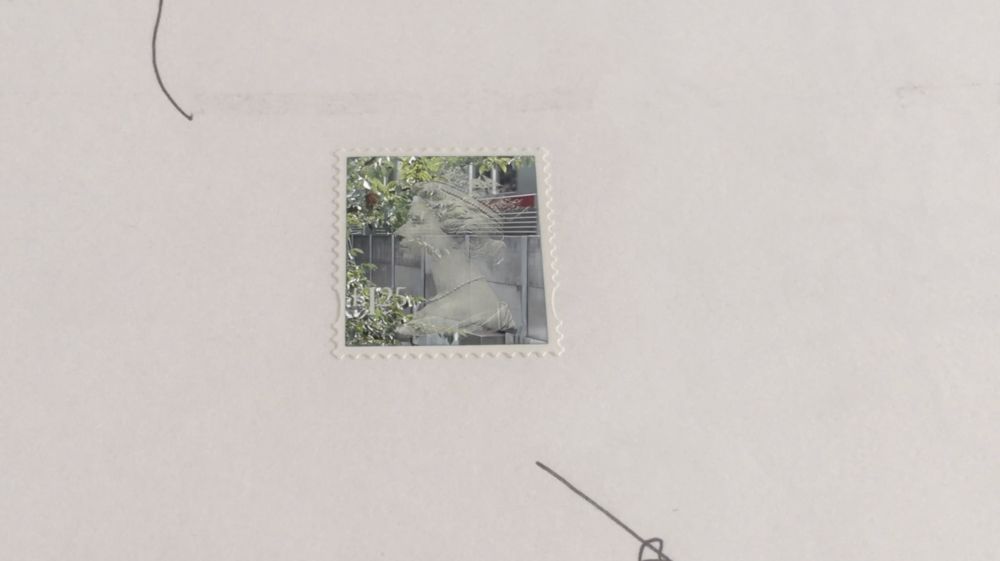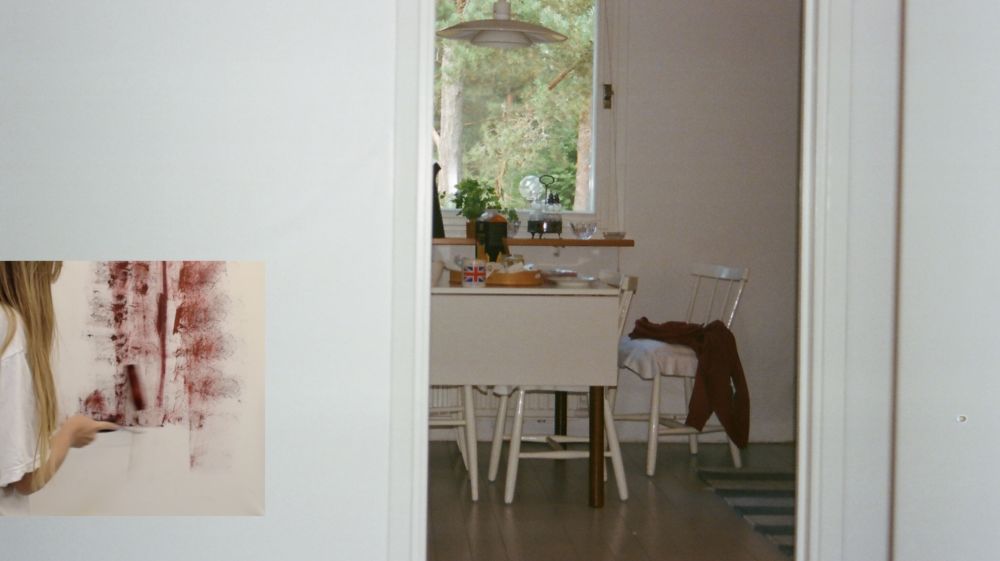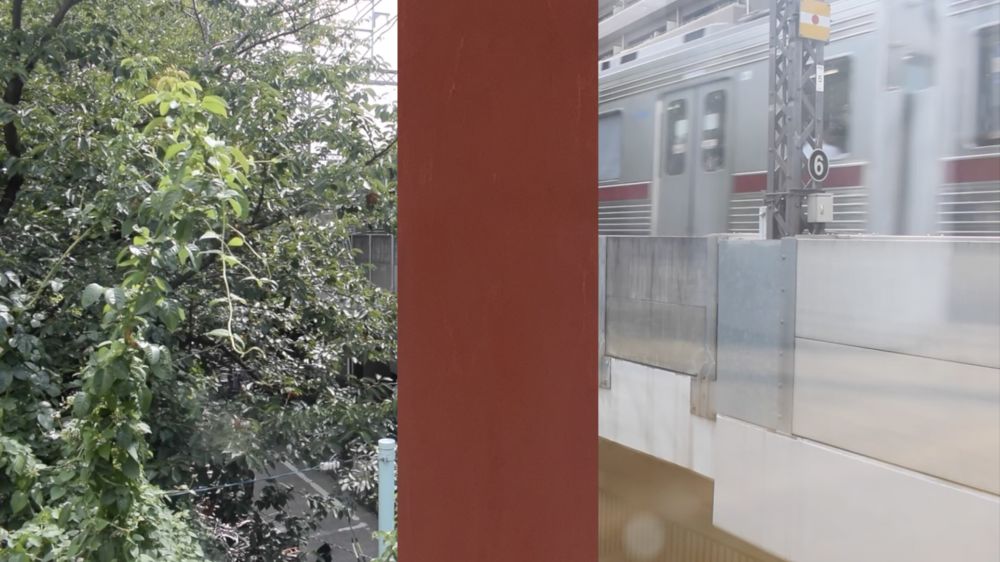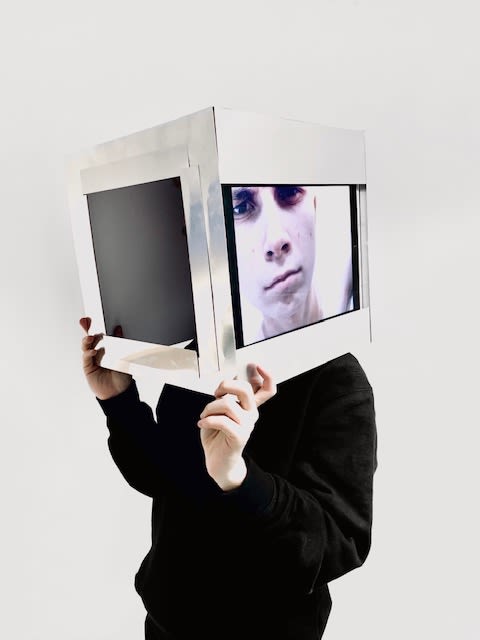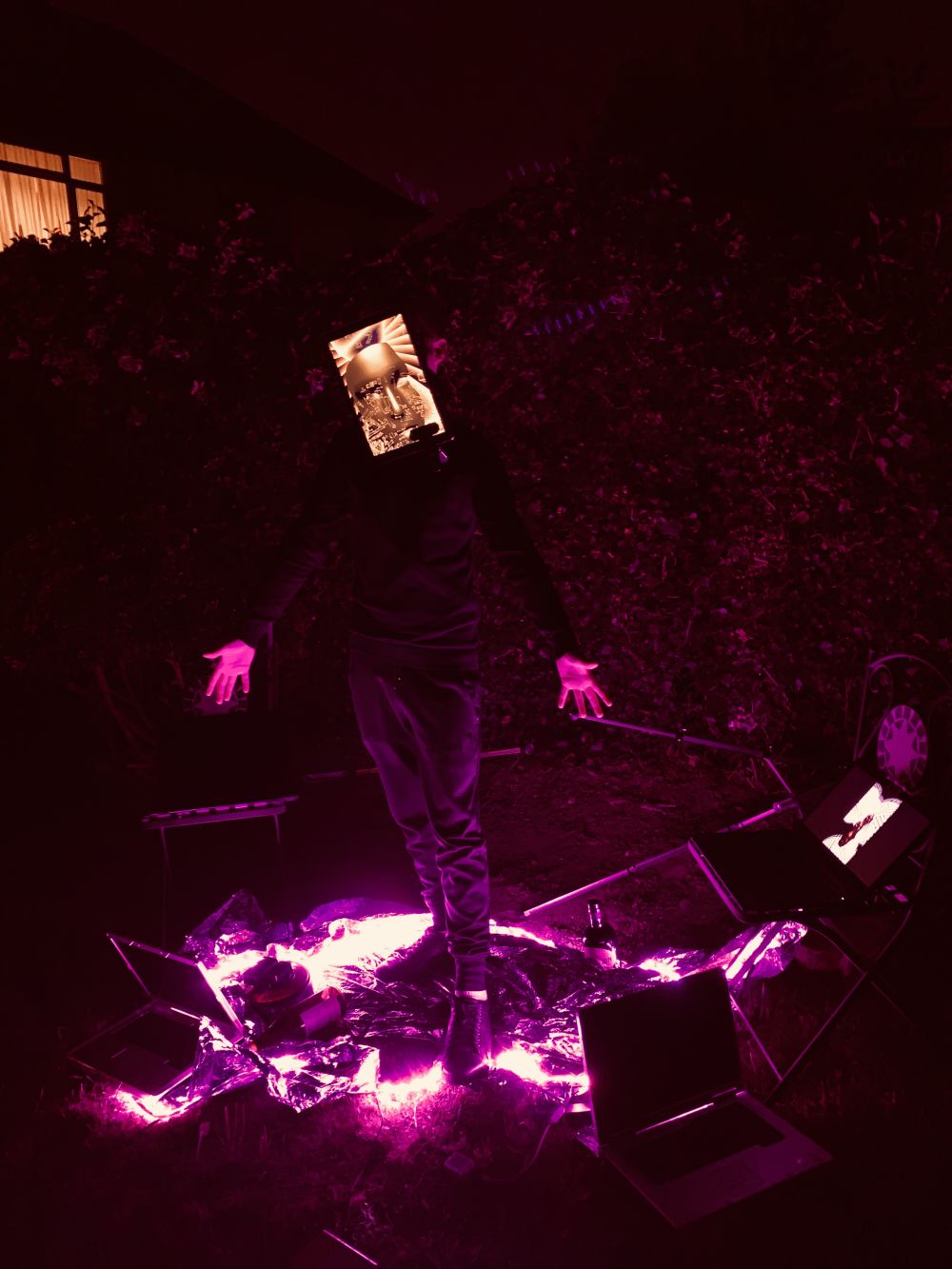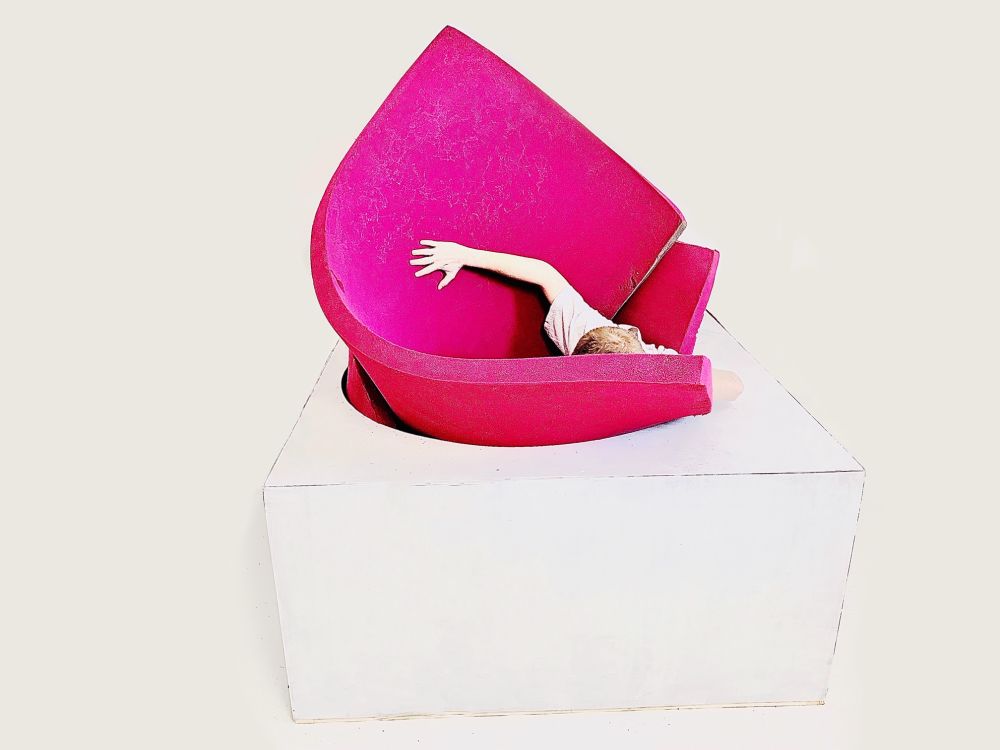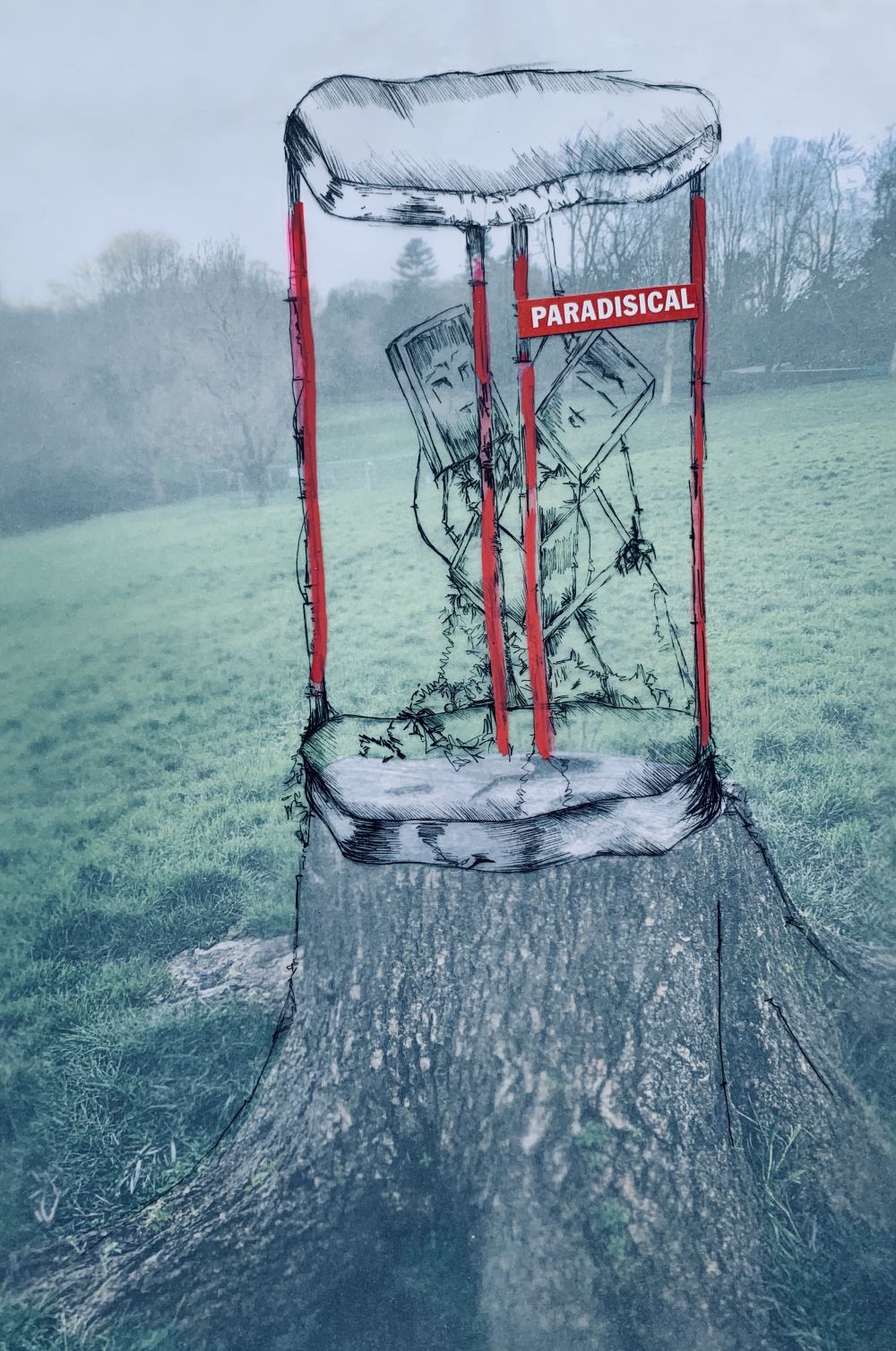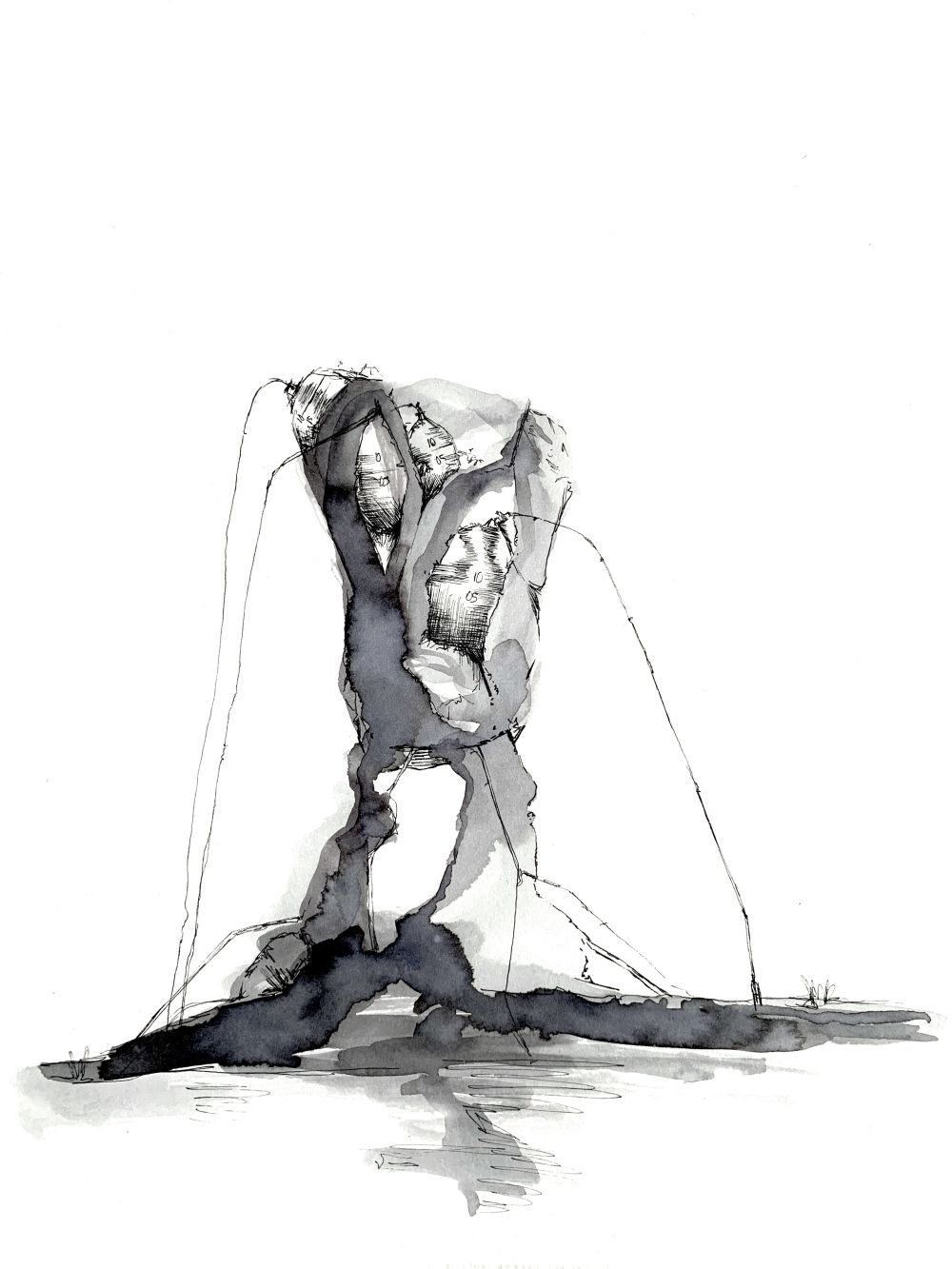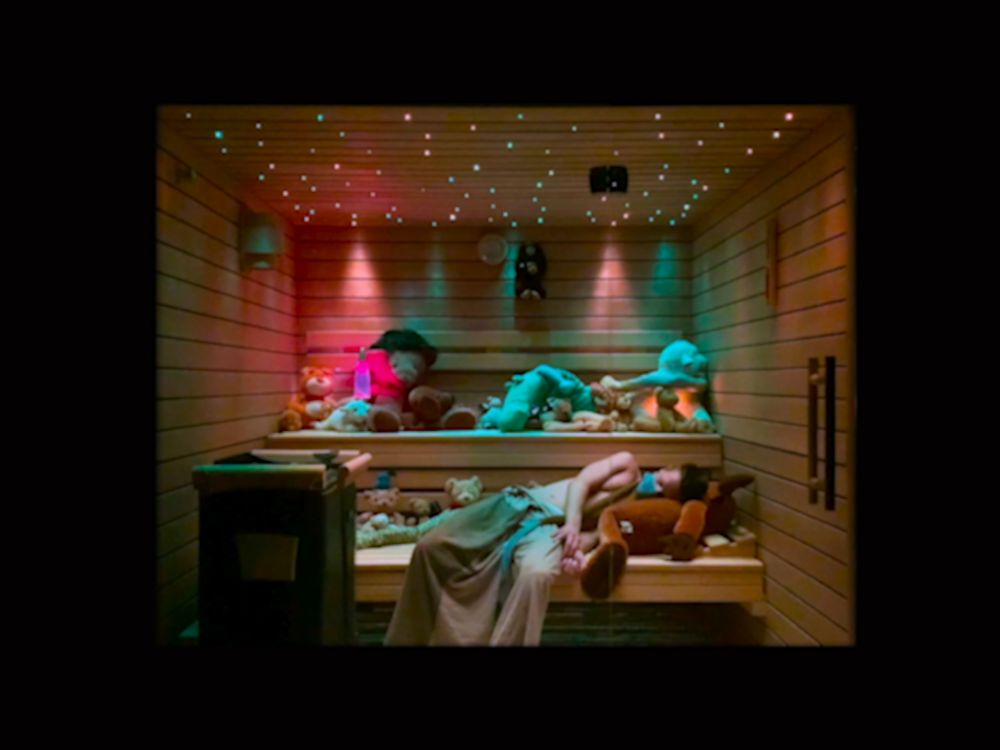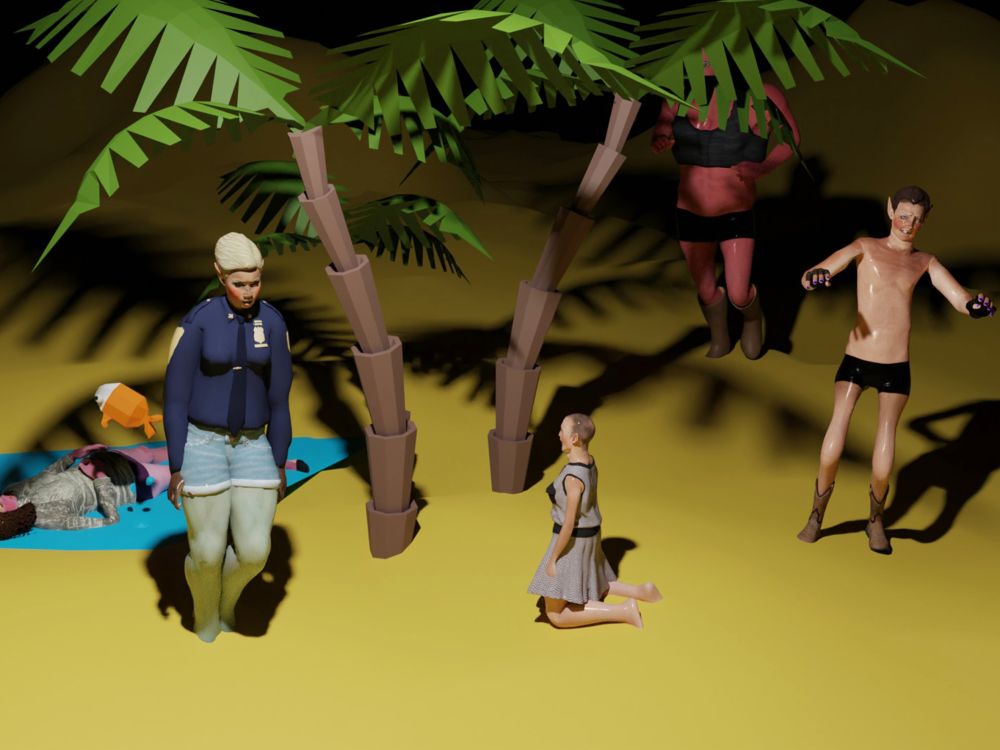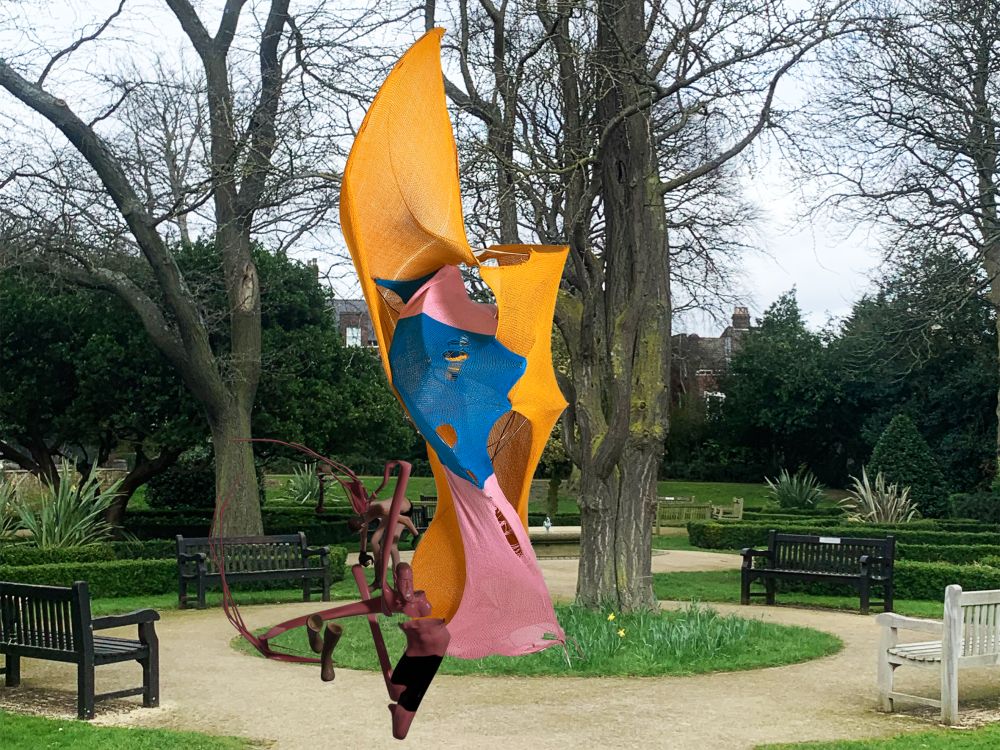As our 2020 Foundation students head to the next stage in their creative education, we catch up with them and their tutors to hear about their final projects and look back over a year unlike any other.
"Fine Art students this year, as always, were a defiantly independent, motivated and unpredictable group," says Curriculum Area Leader Adrian Scrivener.
"But a theme has emerged: a notable questioning of the role of the virtual and technological, either alongside or in direct opposition to the notion of what is ‘real’.
Earlier in 2020, appropriated and digitally manipulated imagery dominated both in the Painting Beyond Itself exhibition at the Bomb Factory in January and the 4D Parklife video showreel made in collaboration with LUX in April. Unfortunately the Waterlow Park Sculpture trail could not take place this year, but the curriculum area catalogue contains several examples of computer-generated visualisations of the kinds of sculptural works that 'could have been'. This also reflects how many students this year took it upon themselves to learn 3D software, programming languages and even augmented reality.”
Lizzy Alster, The Internet’s Proposal
“4D students are naturally drawn to technology, but this year’s group became particularly critically engaged with debates around Big Data and how one retains a sense of identity within so much imagery”, says Scrivener.
Lizzy Alster has been investigating how one’s constant copying and pasting of their identity online can lead to a fragmented self-perception. As Alster explains, she is "interested in the disconnect between the vivid visual life we portray online and our inability to smell, touch or taste it.
I am curious how this visual archive of our lives can inhibit the organic death of past versions of ourselves – as its extensive documentation prevents us from being able to forget them. I believe this forgetting is crucial for our growth and development."
In her film The Internet’s Proposal, the voice of “the Internet appears as a projected mouth, visiting a girl in the bath, attempting to seduce her out of reality and into its digital realm. I attempted to hone-in on the senses by using high saturation, boiling my film in water and bleach to corrode it, and including flowers and water in the set. I wanted the film to be so full of sensuality it almost transcends the 2D screen as the girl falls more and more into the hypnosis."
Rebecca Stenfors, Colour, Through Memory's Lens
Painting student Rebecca Stenfors has developed her work from being mainly two-dimensional painting to a deeper consideration of the image and how this can translate when projected onto surfaces or as moving image. Interested in borders, both imaginative and real, the lockdown made her reflect that her investigation seems "more validated by the current climate. My attention shifted more towards experiments with Google Earth – a service which enables me to visit a space virtually”.
“I wanted to explore the ability of memories to act as vehicles for the mangling of the real and the fabricated, particularly in terms of time and space. The spaces within memories become confused, hence our perception of borders and thresholds becomes disturbed.”
Henry Galano, Where Have All The Myths Gone?
During his time on the Foundation course, sculpture student Henry Galano has investigated the inextricable links between technology and myth. In this project, he sets out to interrogate technology’s ability to “bind communities together, similarly to ancient mythical orthodoxies".
“I am fascinated by the dialogue between human and object and want to consider my works as live character studies, which the audience is in constant interaction with. Through this I hope to manifest modern mythical beings. It has been intriguing to consider how the lockdown has informed the ethereal creatures I attempt to produce, whereby I question social media’s integral role in uniting communities. My work makes visible, these dematerialised spirits that arise from the interactions through live feed and other social media platforms.”
Viking Stendahl, Digital Life
Sculpture student Viking Stendahl has been exploring the nonsensical nature of our relationship to the Internet, specifically looking at how our perception of elements in the “real” world can be warped and manipulated through digital means.
“I think that whereas I started this project with the attitude that the digital and the ‘real’ exist as two separate spaces, I have come to realise how inseparable they truly are in our everyday existence. I feel as though we have become so reliant upon these technologies – as a means of escapism and communication, especially in these times – it would be unthinkable to live without them.
I guess in some ways, through my work, I am trying to question whether our digital lives are as valid as our ‘real’ ones and if there even exists a distinction between the two.”
